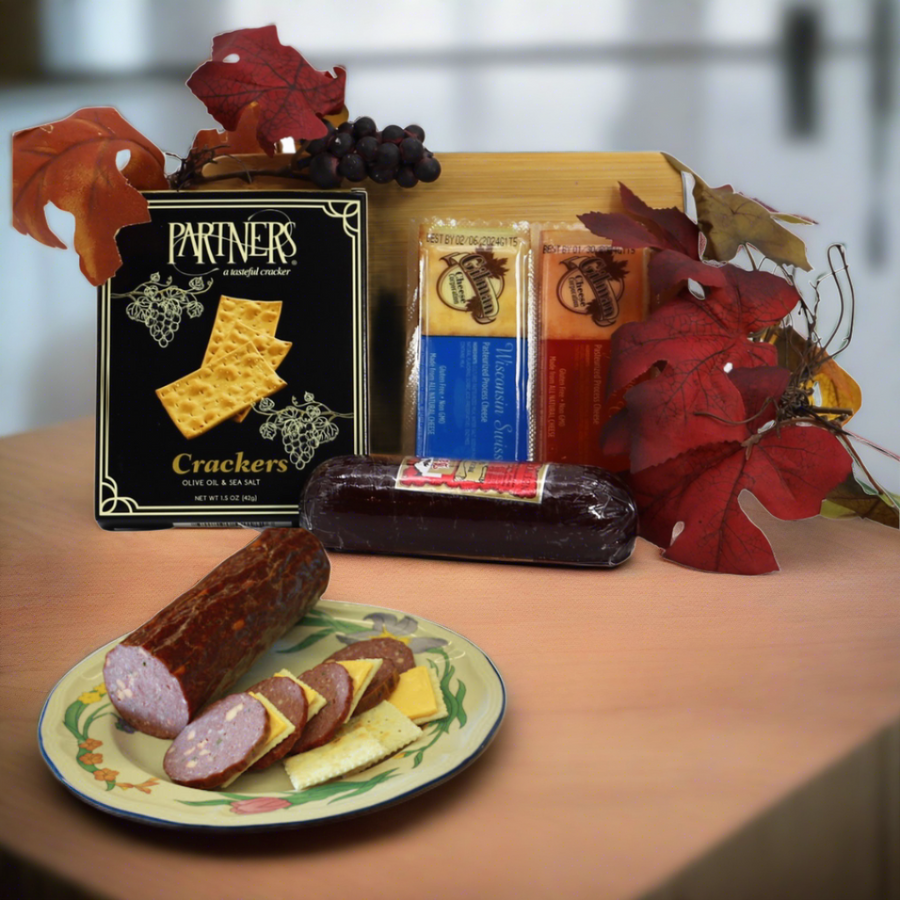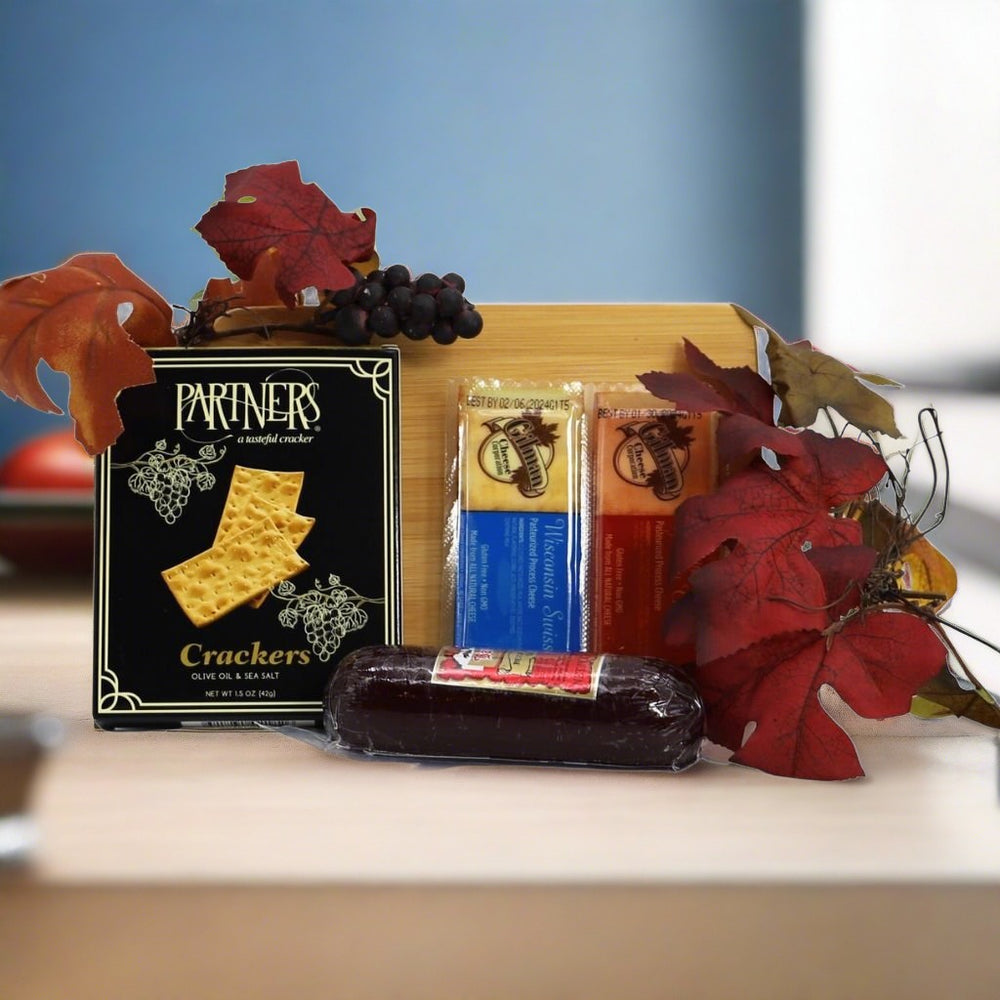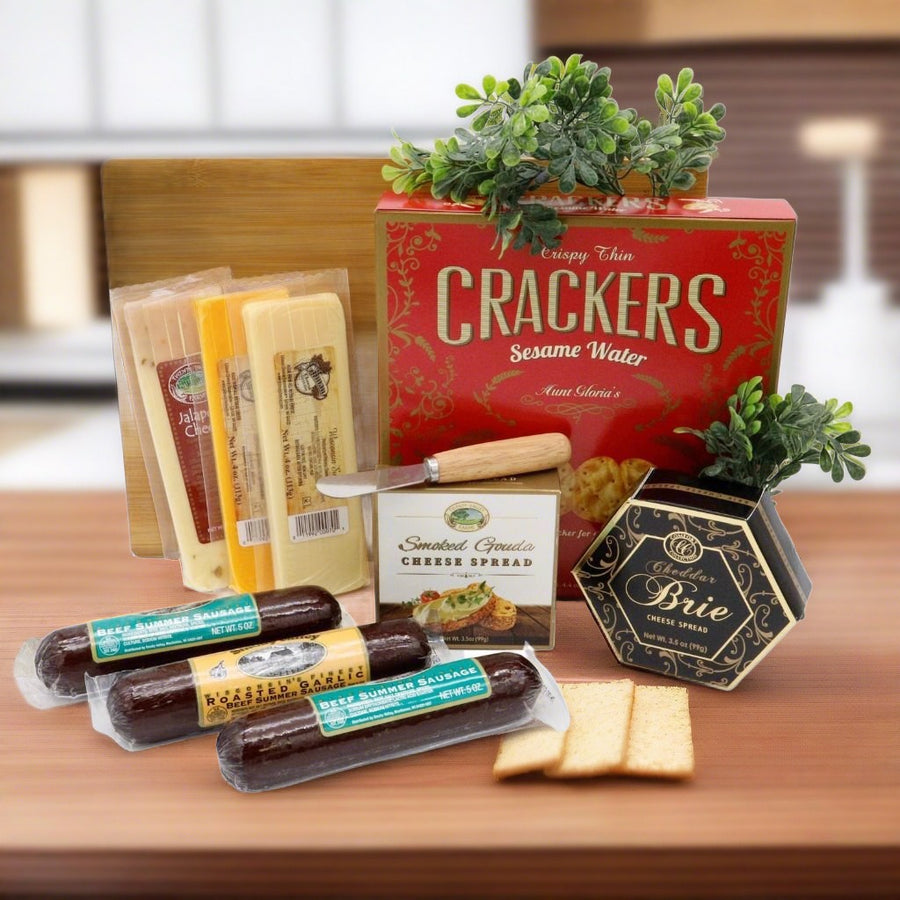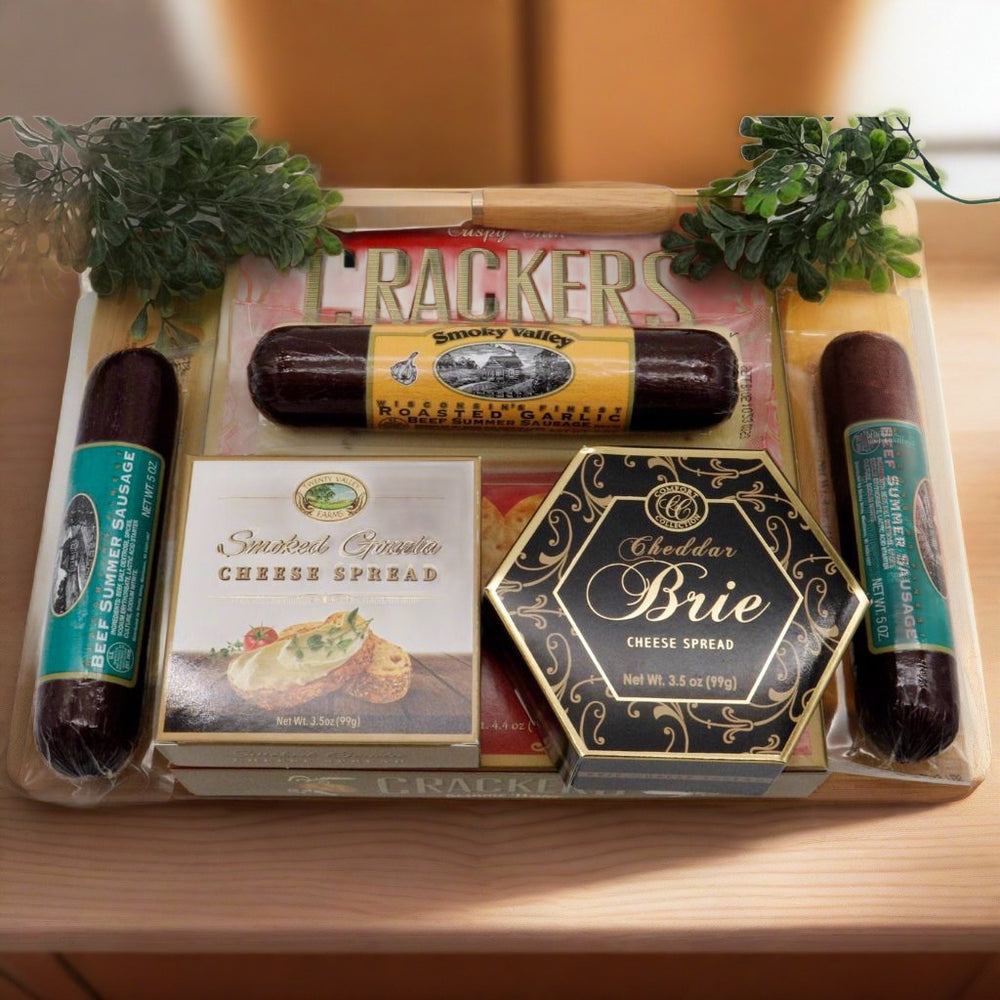Mastering the Art of Chicken Cooking: The Importance of Understanding and Monitoring Internal Temperatures
Mastering the art of chicken cooking requires more than just following a recipe. It's about understanding and monitoring the internal temperatures to ensure a perfectly cooked and safe meal. By understanding the importance of internal temperatures when cooking chicken, you can achieve juicy, flavorful chicken every time.
When it comes to cooking poultry, particularly chicken, knowing the right internal temperature is crucial for both taste and safety. Undercooked chicken can lead to foodborne illnesses caused by harmful bacteria such as Salmonella or Campylobacter. On the other hand, overcooking chicken can result in dry and flavorless meat.
To achieve perfectly cooked chicken, it's important to use a food thermometer to monitor the internal temperature. This handy kitchen tool allows you to determine if the chicken has reached the safe minimum internal temperature of 165°F (74°C), eliminating any guesswork.
Understanding and monitoring internal temperatures not only ensures a delicious meal but also prioritizes food safety. So, whether you're grilling, roasting, or frying chicken, remember to utilize a food thermometer.
Content:
- Why monitoring internal temperatures is crucial for food safety
- Different methods for cooking chicken
- Recommended internal temperatures for different cuts of chicken
- Tools and equipment for monitoring internal temperatures
- Tips for achieving juicy and flavorful chicken
- Common mistakes to avoid when cooking chicken
- The Dont's in Cooking Chicken
- Conclusion
Why monitoring internal temperatures is crucial for food safety
To truly master the art of chicken cooking, it's essential to understand the role of internal temperatures. When chicken is cooked, the heat must penetrate all the way to the center to kill any harmful bacteria that may be present. By cooking chicken to the appropriate internal temperature, you can ensure that it is safe to consume.
Different parts of the chicken may require different cooking times and internal temperatures. Understanding these variations will help you achieve the desired texture and flavor. For example, the breast meat tends to dry out more quickly than the dark meat, so it's important to cook it to a slightly lower internal temperature.
By understanding the importance of internal temperatures, you can also avoid overcooking chicken. Overcooked chicken can be tough and dry, resulting in a less enjoyable eating experience. Monitoring internal temperatures allows you to achieve perfectly cooked chicken that is juicy and flavorful.
Different methods for cooking chicken

Food safety should always be a top priority. Bacteria such as Salmonella and Campylobacter can cause foodborne illnesses if chicken is not cooked to the appropriate internal temperature. These bacteria can be present on the surface of raw chicken and can only be killed by thorough cooking.
Monitoring internal temperatures is the most accurate way to ensure that chicken is cooked to a safe temperature. The USDA recommends a minimum internal temperature of 165°F (74°C) to kill any harmful bacteria. By using a food thermometer, you can verify that the chicken has reached this temperature, providing peace of mind that your meal is safe to eat.
Additionally, monitoring internal temperatures is particularly important when reheating leftover chicken. Reheating chicken to an internal temperature of 165°F (74°C) ensures that any bacteria that may have grown during storage are killed.
Recommended internal temperatures for different cuts of chicken
There are various methods for cooking chicken, each offering a unique flavor and texture. Understanding the different methods and their associated internal temperatures will help you choose the best technique for your desired outcome.
1. Grilling: Grilling chicken over direct heat imparts a smoky flavor and creates a crispy exterior. For bone-in chicken pieces, such as drumsticks or thighs, grill to an internal temperature of 165°F (74°C) in the thickest part of the meat, avoiding contact with bones.
2. Roasting: Roasting chicken in the oven is a popular method that results in tender and juicy meat. For a whole roasted chicken, aim for an internal temperature of 165°F (74°C) in the thickest part of the thigh, avoiding contact with bones.
3. Frying: Frying chicken creates a crispy coating while keeping the meat moist. When frying chicken pieces, such as wings or breasts, aim for an internal temperature of 165°F (74°C) in the thickest part of the meat, avoiding contact with bones.
4. Sous Vide: Sous vide cooking involves vacuum-sealing chicken and cooking it in a temperature-controlled water bath for an extended period. The recommended internal temperature for sous vide chicken is 165°F (74°C) to ensure food safety.
Each cooking method requires careful monitoring of internal temperatures to achieve the desired level of doneness and ensure food safety.
Tools and equipment for monitoring internal temperatures
Different cuts of chicken have varying cooking times and internal temperature requirements. Knowing these recommendations will help you achieve perfectly cooked chicken every time.
1. Whole Chicken: For a whole chicken, the recommended internal temperature is 165°F (74°C) in the thickest part of the thigh, without touching the bone. This ensures that both the white and dark meat are fully cooked.

2. Chicken Breast: Chicken breast meat tends to dry out quickly, so it's important to cook it to the right internal temperature without overcooking. Aim for an internal temperature of 165°F (74°C) in the thickest part of the breast, avoiding contact with bones.
3. Chicken Thigh: Chicken thighs are more forgiving and can withstand slightly higher internal temperatures. Cook chicken thighs to an internal temperature of 165°F (74°C) in the thickest part, without touching the bone, to achieve tender and juicy meat.
4. Chicken Wings: When cooking chicken wings, aim for an internal temperature of 165°F (74°C) in the thickest part of the meat, away from the bone. This ensures that the wings are fully cooked and safe to eat.
By following these recommended internal temperatures, you can ensure that your chicken is both safe and delicious.
Tips for achieving juicy and flavorful chicken
To accurately monitor internal temperatures while cooking chicken, you'll need the right tools and equipment. Here are some essential items to have in your kitchen:
1. Food Thermometer: A food thermometer is an indispensable tool for monitoring internal temperatures. Choose a digital thermometer with a probe for easy and accurate readings. Look for a thermometer that provides quick and reliable temperature readings.
2. Instant-Read Thermometer: An instant-read thermometer is a handy tool for checking the internal temperature of chicken quickly. It provides instant results and is ideal for spot-checking the doneness of chicken during cooking.
3. Oven-Safe Thermometer: An oven-safe thermometer is designed to stay in the chicken while it cooks. It allows you to monitor the internal temperature without opening the oven door, ensuring consistent cooking.
Investing in quality thermometers will not only help you achieve perfectly cooked chicken but also ensure food safety.
Common mistakes to avoid when cooking chicken
Achieving juicy and flavorful chicken goes beyond monitoring internal temperatures. Here are some additional tips to enhance the taste and texture of your chicken:
1. Brining: Brining chicken in a mixture of salt, sugar, and water before cooking can help retain moisture and enhance flavor. Brining is especially beneficial for lean cuts like chicken breasts.
2. Marinating: Marinating chicken in a flavorful mixture of herbs, spices, and acids can add depth and complexity to the taste. Allow the chicken to marinate for at least 30 minutes, but no more than 24 hours, to avoid over-marinating.
3. Basting: Basting chicken with a marinade or sauce during cooking helps keep it moist and adds layers of flavor. Use a brush or spoon to apply the basting liquid every 15-20 minutes while the chicken cooks.
4. Resting: Allow cooked chicken to rest for a few minutes before serving. This allows the juices to redistribute, resulting in juicier meat.
By incorporating these tips into your cooking routine, you'll elevate the flavor and texture of your chicken dishes.
The Dont's in Cooking Chicken
To become a master chicken cook, it's important to avoid common mistakes that can lead to dry or undercooked chicken. Here are some pitfalls to watch out for:
1. Not Using a Thermometer: Relying solely on visual cues or cooking times can result in inconsistent and potentially unsafe chicken. Always use a food thermometer to ensure that your chicken reaches the appropriate internal temperature.

2. Overcooking: Overcooking chicken can result in dry and tough meat. Monitor the internal temperature closely and remove the chicken from the heat source once it reaches the recommended internal temperature.
3. Cross-Contamination: Cross-contamination occurs when raw chicken comes into contact with other foods or surfaces, spreading harmful bacteria. Always use separate cutting boards, utensils, and plates for raw and cooked chicken to prevent cross-contamination.
4. Not Letting the Chicken Rest: Allowing cooked chicken to rest for a few minutes before cutting or serving is essential. This allows the juices to redistribute, resulting in juicier and more flavorful meat.
By avoiding these common mistakes, you'll ensure that your chicken dishes are consistently delicious and safe to eat.
Conclusion: Becoming a master chicken cook
While internal temperatures are the most accurate way to determine if chicken is done, there are a few additional methods you can use to check for doneness:
1. Visual Inspection: Cut into the thickest part of the chicken and visually inspect the meat. The juices should run clear, and the meat should no longer appear pink or translucent. However, this method is not as reliable as using a food thermometer.
2. Texture Test: Cooked chicken should feel firm to the touch, and the meat should spring back when pressed gently. If it feels soft or squishy, it may not be fully cooked.
3. Bone Wiggle: If you're cooking bone-in chicken, such as drumsticks or thighs, give the bone a gentle wiggle. If it moves easily and the meat is no longer pink near the bone, it's likely done.
While these methods can provide some indication of doneness, it's always best to use a food thermometer to ensure that your chicken is cooked to a safe internal temperature.
Latest Stories
The Charm of Gifts in a Basket
Whether it's for a birthday ,anniversary, or just to show someone you care, gift baskets offer a delightful and personalized touch
Gift Basket Ideas
Gift Baskets are the ultimate gift-giving solution. They offer a variety of carefully selected items bundled in an attractive package.
Food Gift Baskets
Whether you are looking to surprise someone special or treat yourself, these unique and tasty creations are sure to please.





















